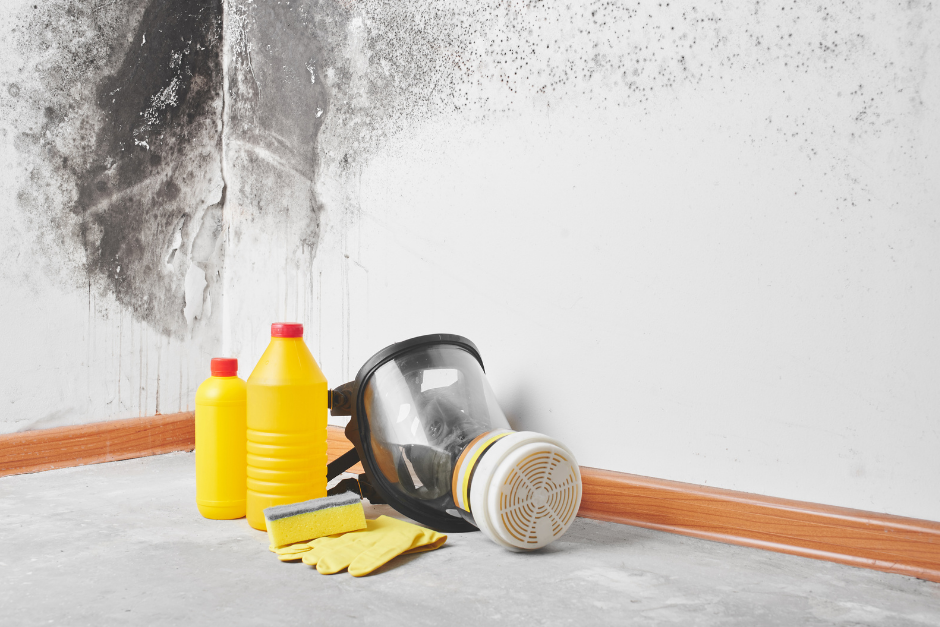Mold and mildew are types of fungi that grow and thrive in moist environments. Both can spread quite easily and if left untreated, they can be quite destructive to indoor surfaces and can cause severe damage to one’s health. People often get mold and mildew confused so in this blog post, we will go over their differences in depth.
What is Mold?
Molds are a natural part of the environment and can be found almost anywhere that moisture and oxygen are present. They are fungi related to mushrooms without the stem, roots, or leaves. They can be found living in soil, plants, and decaying matter.
When disturbed, molds release spores into the air which can trigger the immune system of those with a mold allergy. Mold allergy symptoms include sneezing, runny nose, postnasal drip, cough, watery eyes, and dry skin. Asthma can also be triggered and symptoms to look out for include coughing, wheezing, chest tightness, and shortness of breath.
Mold is usually not a problem unless it starts growing indoors. Indoor molds have a musty smell and usually appear as black spots but can also emerge in various colors. Indoor molds must always be removed as failure to do so will result in their growth which can negatively impact one’s health and cause damage to buildings.1
The best way to control indoor mold growth is to control moisture. Keep humidity levels below 50% for the entire day. Using your air conditioner or a dehumidifier can also help significantly. Also, ensure that indoor air is flowing freely and that exhaust fans are used in kitchens and bathrooms.2
What is Mildew?
Mildew is a specific type of mold that has flat growth on damp surfaces, paper, fabrics, and plants. They can appear as white, grey, or yellow patches with a powdery or fluffy texture, and usually turn black or brown over time.3
Mildew is extremely destructive to plants and food crops, but the damage done indoors is usually nothing more than cosmetic. In an indoor environment, mildew can be found on shower walls, window sills, and other areas with poor lighting and air circulation.4
The sooner you remove mildew, the better. If left untreated, mildew spores can pose health risks and cause symptoms such as headaches, sore throat, coughing, and respiratory problems—as a mold typically would.
Preventative measures for mildew are the same as those for mold. Use air conditioners, dehumidifiers, fans, and open windows to reduce the moisture indoors. If mold or mildew growth has become uncontrollable, consider having it professionally removed.
Contact Us
Commercial Cleaning Corporation offers electrostatic disinfection, a tool used to apply mold preventatives, disinfectants, and sanitizers to 3D surfaces for a 360-degree complete clean.
Electrostatic disinfection is often used in facilities that are experiencing mold or bacteria outbreaks, but also makes a great addition to everyday cleaning within corporate offices, medical and healthcare facilities, schools and universities, commercial kitchens, and clean rooms and research/development facilities.
If you are experiencing mold or mildew growth in your facility and are interested in our electrostatic disinfection service, click here now to fill out our request form and we’ll get back to you within four hours.

